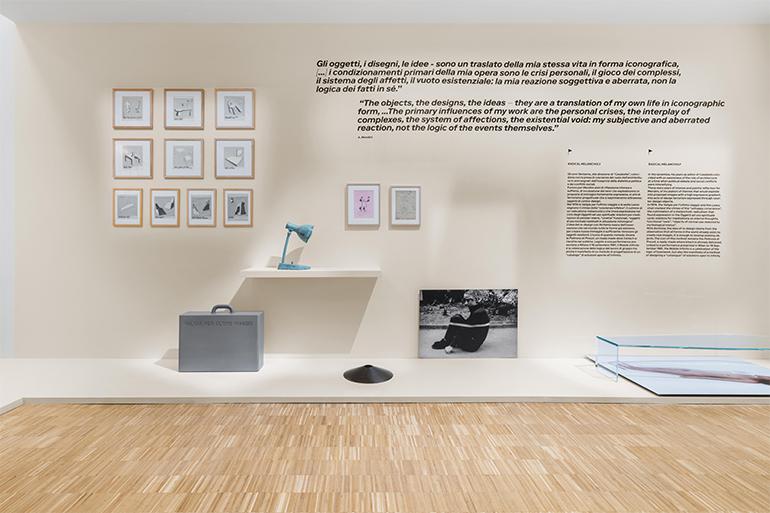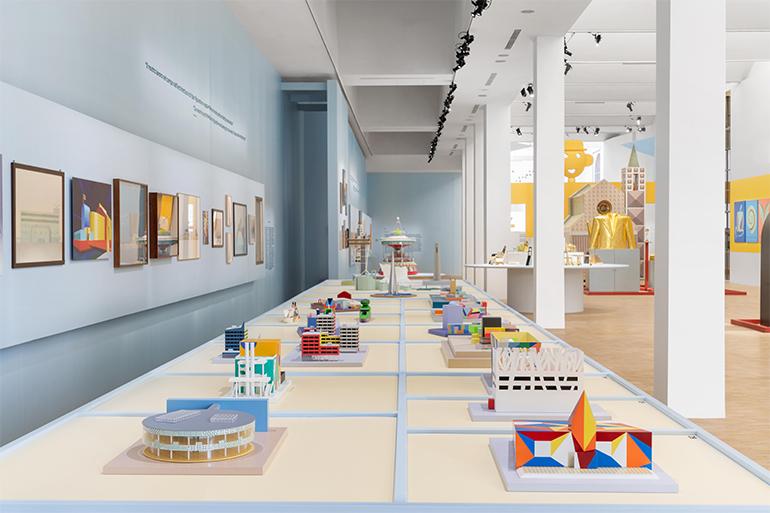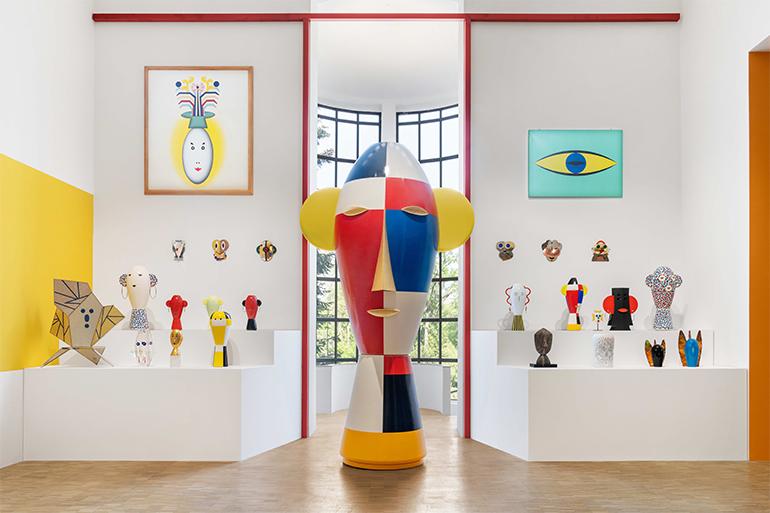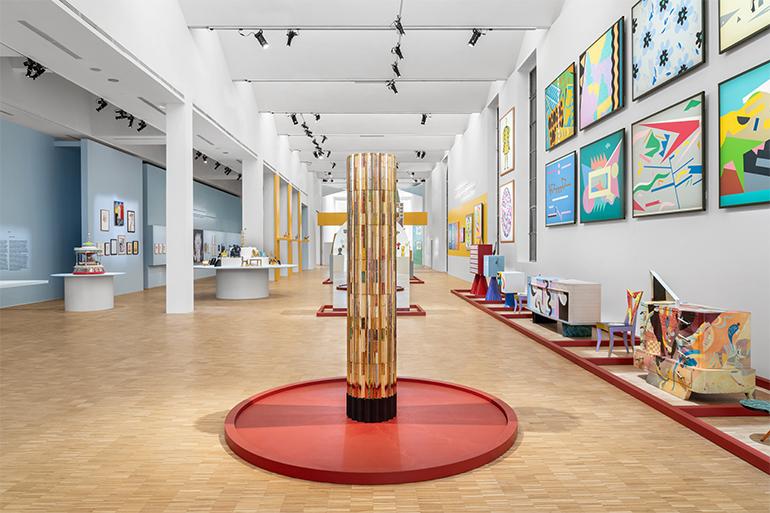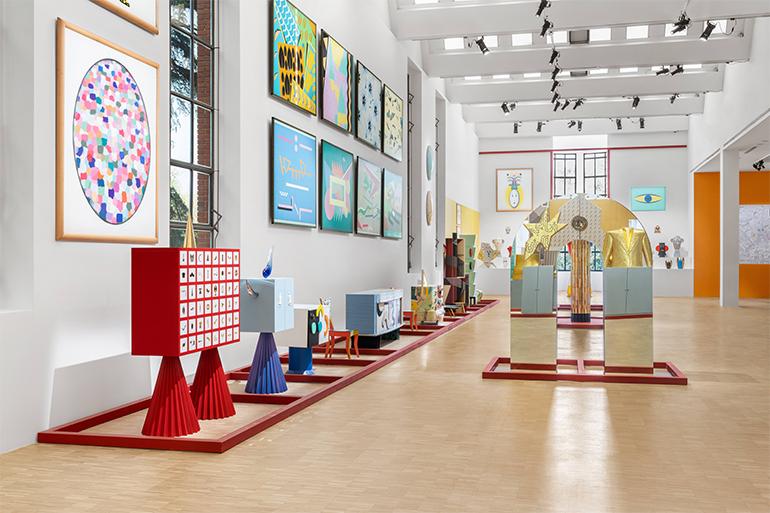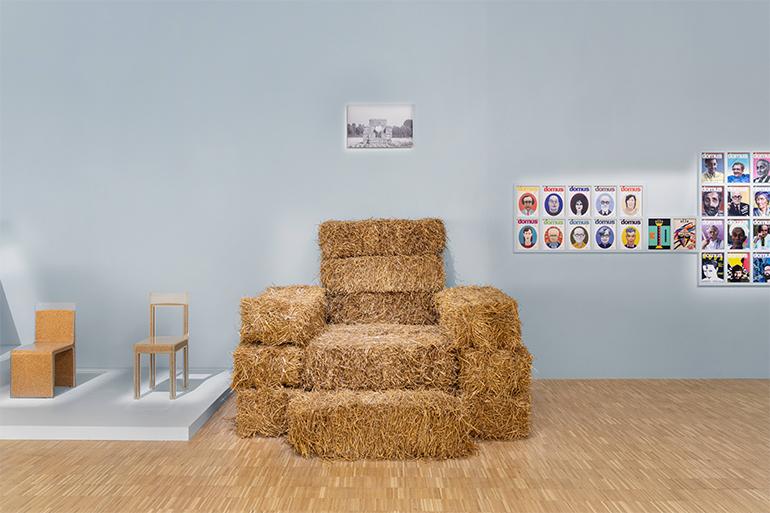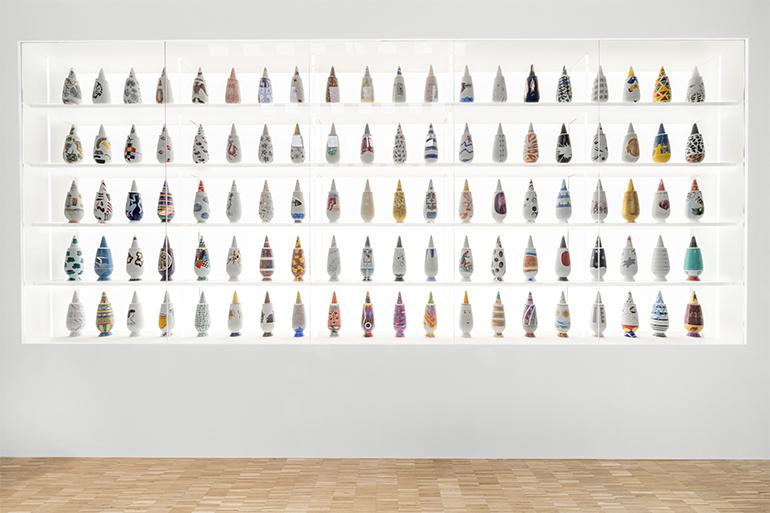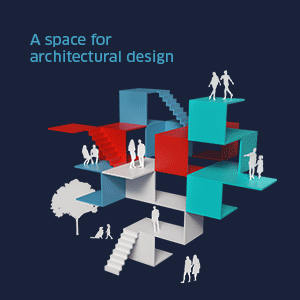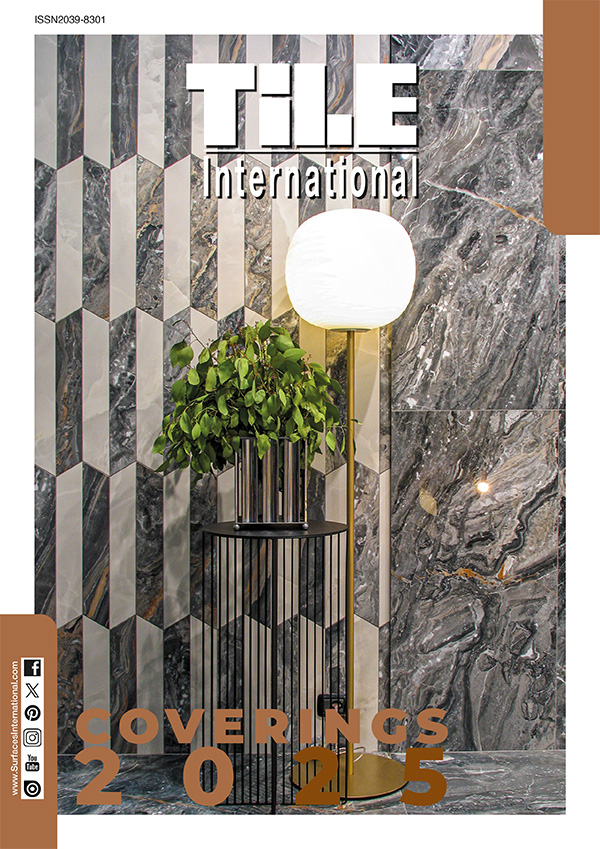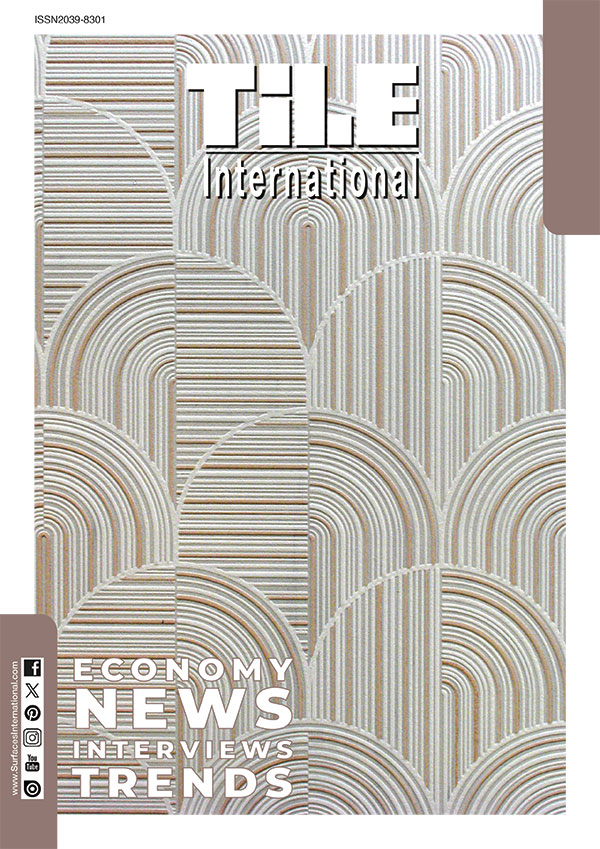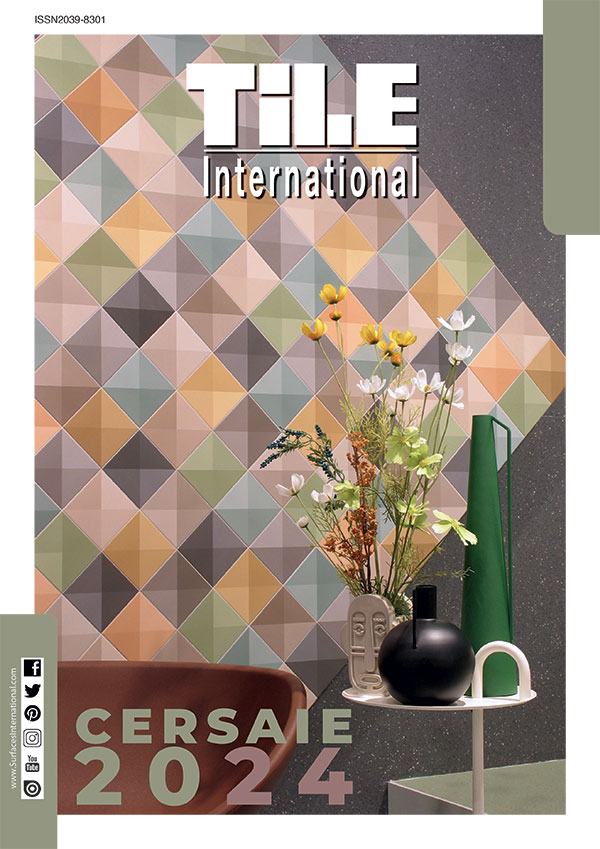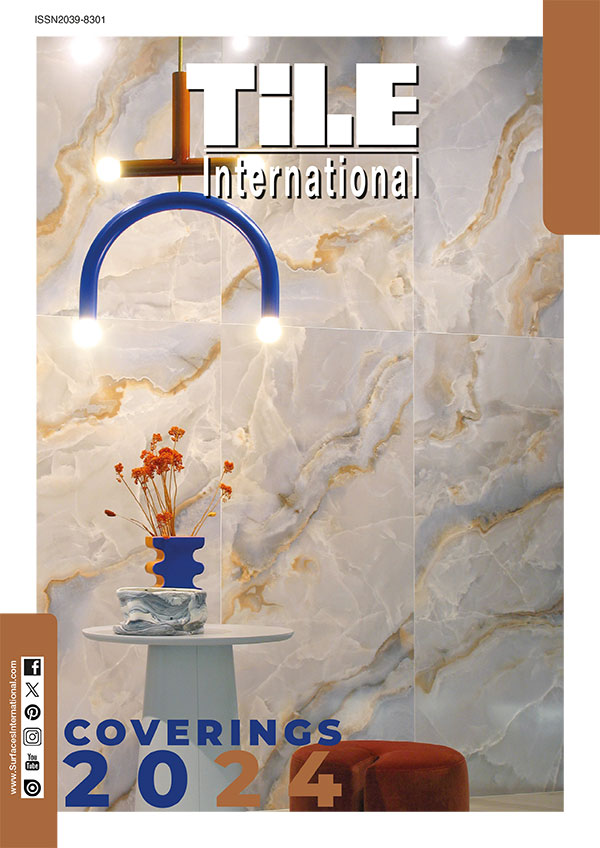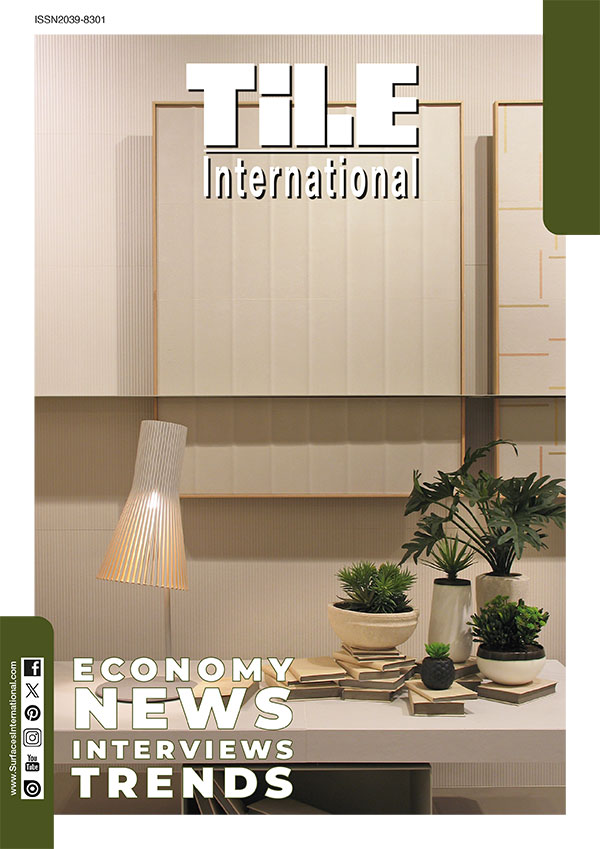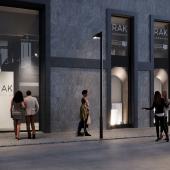Io sono un drago, the true story of Alessandro Mendini
As part of their cultural partnership, Triennale Milano and the Fondation Cartier pour l’art contemporain are presenting a dual homage to Alessandro Mendini, the architect, designer, artist and theorist who left his mark on the revolutions in thought and behavior of the 20th century and the new millennium.
From April 13 to October 13, 2024, the Cubo space hosts the retrospective exhibition, Io sono un drago. The true story of Alessandro Mendini, staged in collaboration with the Archivio Alessandro Mendini, curated by Fulvio Irace, with exhibition design by Pierre Charpin, while the Impluvium space, from April 16 to June 16, 2024, displays an installation What? imagined by Philippe Starck.
The retrospective and the installation – two new projects designed specifically for the spaces of Triennale Milano – sprang from the close bond that existed between Mendini and both Triennale and the Fondation Cartier. Among the projects that he designed for Triennale were the installation Architettura sussurrante (Whispering Architecture) (1979) as part of the 16th International Exhibition, the exhibition Quali Cose Siamo (What Things we are) (2010), and the Teatro dei Burattini (Puppet Theater) (2015), designed with his brother Francesco and situated in the Triennale garden. In 2002, the Fondation Cartier dedicated an exhibition to Alessandro Mendini, Fragilisme, that prompted the elaboration of a founding concept of his theoretical thinking. Ten years later he was invited to design the staging of the exhibition Histoires de voir; to imagine site-specific works, and to participate to the exhibitions that the Fondation Cartier presented internationally. Numerous works by Mendini, presented in this show, are part of the collections of both institutions.
Io sono un drago. The true story of Alessandro Mendini
Presented in collaboration with Elisa and Fulvia Mendini – Archivio Alessandro Mendini, the retrospective is curated by Fulvio Irace with exhibition design by Pierre Charpin, who has collaborated with Mendini on several occasions. The Cubo space of Triennale displays over 400 works with different formats, materials and subjects, from many private and public collections, in particular those from: Alessandro Mendini Archive, Fondation Cartier, Triennale Milano, Groninger Museum, Vitra Design Museum, Abet Laminati Museum, Alessi and Bisazza.
The title of the exhibition, Io sono un drago (I am a dragon), draws on one of the most emblematic self-portraits by Alessandro Mendini and is intended to emphasize the complexity of this figure in the worlds of international design, architecture, and art. The exhibition sets out to restore Mendini's gaze on the world, his empathy for everyday objects and the mystery of his artistic philosophy that can transform even the most humdrum into a surprise that reveals the magic of the everyday.
The exhibition design, by Pierre Charpin, interprets the concept of the “dragon” as an accumulation of thematic nuclei that characterize the “Mendini method”: an archipelago of islands representing various moments in history and, at the same time,the threads of underground continuity that make it possible to bring a substantial continuity to the apparent diversity of his ceaseless research, based on his own human experience. As visitors enter the large room, they find Triennale Milano themselves immersed in a unique environment, accentuated by a large axis that creates an imaginary link between the Petite Cathédrale and the Tête Géante, with the Muzio staircase in the background: a miniature piece of architecture and a big head to exemplify Mendini's work on the staircase of perception.
The exhibition itinerary is structured in six thematic nuclei:
- Identikit, featuring the series of self-portraits that Mendini created over the course of his whole life, using different techniques and formats;
- La sindrome di Gulliver (The Gulliver syndrome), with a succession of objects that are out of scale, from extra-large ones – such as the Poltrona di Proust and the Petite Cathédrale, both part of the Fondation Cartier collection – to some of the reduced-size projects created for Alessi;
- Architetture (Architectures), which presents the architectural works of the Mendini workshop, including the Groninger Museum, the Mediazentrum Madsack in Hanover, the three stations of the Naples Metro, and his most recent works in South Korea, from the Olympic Stadium to the Posco district in Seoul;
- Fragilismi, a nucleus dedicated to the research that led to the “Fragilisme” exhibition, designed by Mendini on the invitation of the Fondation Cartier: a hymn to the fragility of the earth in a world marked by war and violence;
- Radical Melancholy, a section dedicated to the years of radical design, of which Mendini was one of the principal theorists;
- Stanze (Rooms), with three of the rooms that Mendini designed: immersive environments where references, memories, dreams and nightmares accumulate.
In the cinema hall, there is a screening of a documentary by Francesca Molteni, covering the life and works of Alessandro Mendini.
In addition, the wall of the Triennale staircase landing features an oversized Mendinigrafo, while the Cuore space hosts historic publications by and about Alessandro Mendini, from the Alessandro Mendini Archive, the Éditions Fondation Cartier pour l'art contemporain and the Triennale Milano Library. Finallly, visitors to the garden can see the flag created by Mendini for the Draw me a Flag project, an 81-flag installation conceived by Christian Boltanski and realized in 2018, belonging to the collection ofthe Fondation Cartier pour l’art contemporain.
The exhibition is accompanied by a catalogue published by Electa, available in Italian and English: along with a brief description of the works on exhibition and a large selection of photographs of Mendini's principal projects, the catalogue includes a series of essays by international writers and testimonies by clients and friends who have shared creative design adventures with him over the years.
Abet Laminati and Ramun, Partners of the exhibition; Domus, Media Partner; Idealista, Design and Architecture Partner; and Institutional Partners, Lavazza Group and Salone del Mobile.Milano, are supporting Triennale Milano in this exhibition.
ph. Delfino Sisto Legnani - DSL Studio © Triennale Milano




